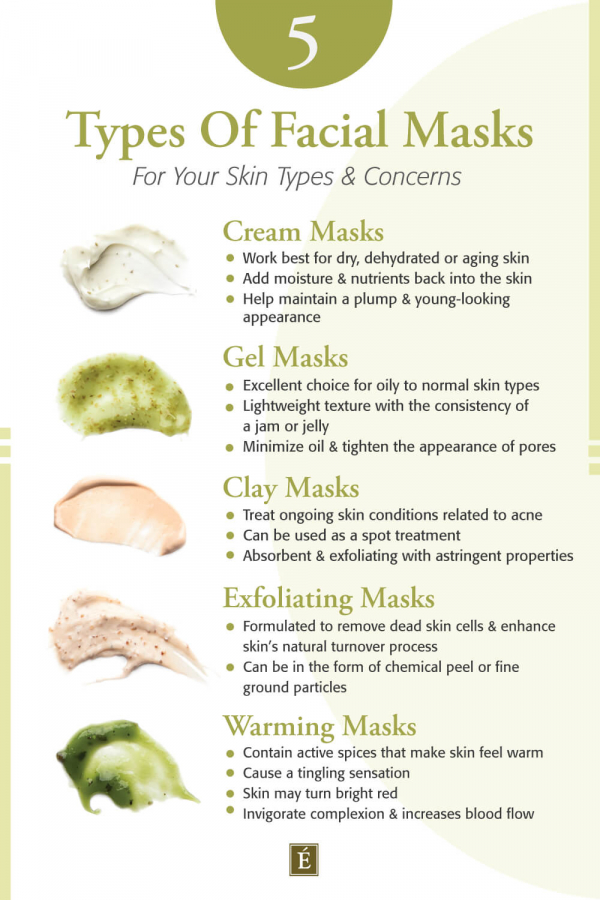
Understanding Ingredients in a Face Mask: The Key to Effective Skincare
Estimated reading time: 6 minutes
Key Takeaways
- Understanding *ingredients in a face mask* (https://buyprg.com/ingredients-in-a-face-mask/) is essential for effective skincare.
- Each ingredient addresses specific skin concerns, such as hydration and brightening.
- DIY face masks can be tailored to individual skin types and needs.
- Strategic application in your skincare routine enhances the benefits.
Table of contents
- Why Ingredients Matter in Face Masks
- Common Ingredients in Face Masks and Their Benefits
- Hydrating Face Masks
- How to Make a Facial Mask at Home
- How to Use Face Masks in Your Skincare Routine
- Tips for Maximizing the Benefits of Your Face Mask
- Conclusion
- Additional Resources
- Frequently Asked Questions
Choosing the right ingredients in a face mask (https://buyprg.com/ingredients-in-a-face-mask/) is essential for targeting specific skincare needs like hydration, brightening, and soothing irritation. By understanding these components, you can make informed choices that benefit your skin.
Why Ingredients Matter in Face Masks
Ingredients are crucial in a face mask because they address various skin concerns:
- Different ingredients cater to specific needs. For example, hyaluronic acid offers deep hydration, while clay helps control oil. Source
- Choosing the right ingredients enhances skin health and appearance, helping with moisture retention, protection against environmental damage, and promoting skin repair.
Common Ingredients in Face Masks and Their Benefits
These are some common face mask ingredients along with their benefits:
- Hyaluronic Acid: Offers deep hydration and enhances moisture retention. Source
- Clay (Bentonite, Kaolin): Known for detoxification and pore-clearing, it’s ideal for oil absorption. Source
- Vitamin C: Provides brightening, evens skin tone, and delivers antioxidant benefits. Source
- Aloe Vera: Calms the skin with anti-inflammatory properties and reduces redness. Source
- Essential Oils (Tea Tree, Lavender): Offer antibacterial and calming properties, respectively. Source
Hydrating Face Masks
Hydrating face masks are designed to significantly improve the moisture level of your skin:
- Purpose: They restore or enhance hydration, essential for maintaining supple and healthy-looking skin.
- Key Hydrating Ingredients:
- Hyaluronic acid
- Glycerin
- Aloe vera
- Ceramides
- Benefits: Suitable for dry, sensitive, and even oily skin by offering lightweight hydration without clogging pores. Source
How to Make a Facial Mask at Home
Creating a DIY mask at home (source) is simple:
- Choose a Base:
- Yogurt for hydration
- Clay powder for oil control
- Aloe vera gel for soothing effects
- Incorporate Actives:
- Honey for antibacterial benefits
- Essential oils for targeted action
- Ingredients for specific skin concerns
- Application: Mix to a thin consistency and apply on clean skin for 10–15 minutes. Customize based on skin type:
- Oily: Clay base with honey and tea tree oil
- Dry: Yogurt with honey and avocado
- Sensitive: Aloe vera with oatmeal
How to Use Face Masks in Your Skincare Routine
Timing and Application:
- Apply face masks after cleansing and before adding serums or moisturizers.
- Use most masks 1-3 times a week for optimal results. Source
Integration Tips:
- Follow up with a moisturizer to lock in the benefits. Avoid pairing exfoliating masks with strong treatments like retinoids immediately.
Recommended Duration:
- Keep masks on for 10–20 minutes, depending on the type, and avoid letting clay masks dry completely, as it can lead to overdrying.
Risks of Overuse:
- Overuse, especially of exfoliating masks, can cause redness or irritation.
Tips for Maximizing the Benefits of Your Face Mask
- Apply an even layer, avoiding sensitive areas like the eyes and lips.
- Moisturize afterwards to aid in replenishing the skin.
- Adjust use frequency based on your skin type and the mask’s potency.
Conclusion
Picking the right *ingredients in a face mask* is crucial to catering to individual skincare needs effectively while minimizing potential problems. Experimenting with different ingredients allows you to find the perfect combination to enhance your routine. Source
Additional Resources
For ingredient-focused masks and professional recommendations, consider the following resources:
By comprehending the role these essential components play, you empower yourself to select the best face masks, tailored to your unique skin requirements.
Frequently Asked Questions
Q: How often should I use a face mask?
A: Most masks can be used 1-3 times a week, depending on your skin type and the mask’s purpose.
Q: Can I use multiple masks at once?
A: Yes, you can use different masks on different areas of your face, known as “multimasking,” to address various concerns.
Q: What should I do if I experience irritation?
A: Discontinue use immediately and consult a dermatologist if irritation persists.
